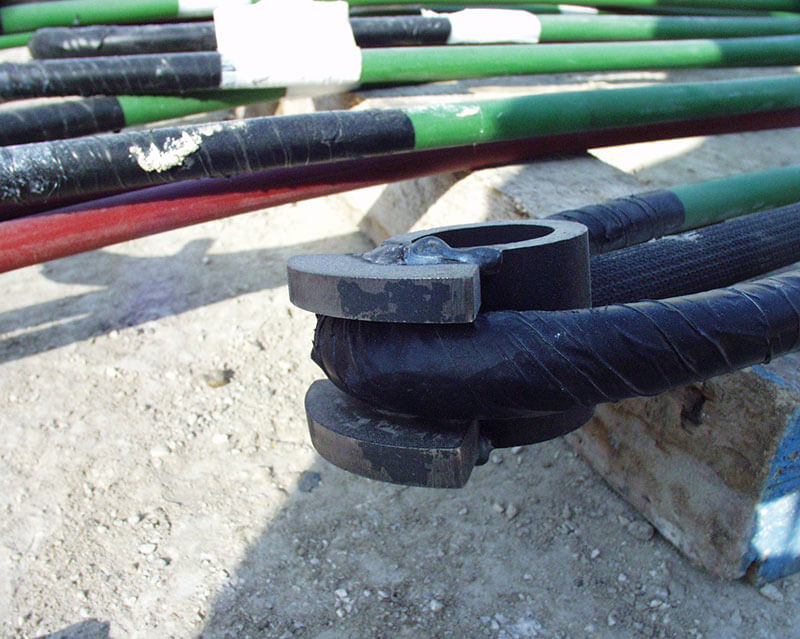
SBMAs embody Resource Efficiency
Resource Efficiency is one of the key themes spearheading the United Nations Environment Programme (UNEP) and European Union (EU)intergovernmental policies developed and implemented to lead us towards Sustainable Development.
“Natural resources underpin the functioning of the European and global economy and our quality of life…intensive use of the world’s resources puts pressure on our planet and threatens the security of supply. Continuing our current patterns of resource use is not an option. In response to these changes, increasing resource efficiency will be key to securing growth and jobs for Europe.”
(European Commicion, Brussels, 26.1.2011 COM(2011) 21; A resource-efficient Europe – Flagship initiative under the Europe 2020 Strategy)
Today, nearly all national governments including the worlds largest national economies such as the USA and China, recognise Resource Efficiency and Sustainable Consumption & Production as key areas of focus.
“Today EPA aims to make sustainability the next level of environmental protection by drawing on advances in science and technology to protect human health and the environment, and promoting innovative green business practices.”
(US Environmental Protection Agency (EPA); Website, Sustainability Section, Introduction, 2011)
The SBMA system represents an advance in technology embodying Resource Efficiency that can be used to make projects more Sustainable.
SBMAs achieve significantly higher working loads than conventional anchors installed in soils and weak rocks. By doubling the achievable loads, the number of anchors required for a particular structure can be effectively halved.
Such dramatic reductions in the numbers of anchors required corresponds to:
- Less drilling rig set ups
- Fewer drilled holes
- Lower grout usage
- Minimized stressing operations
This direct reduction in project inputs reduces the impact on raw materials, chemicals and fossil fuel resources.
On-site and diffuse pollution in the form of discharges/emissions to land, water & air are effectively reduced, as is overall programme waste production.
Reducing the inputs above can also reduce direct and indirect emissions of Carbon Dioxide (CO2), reducing the Carbon Footprint of the project and minimising the impact in relation to Climate Change.
Removable tendon systems
Systems which allow removal of the steel tendon from the free lengths (unbonded) have been available for more than a decade, albeit the steel still remains in the fixed length. However, part of the development of the high capacity SBMA system has involved the utilisation of totally unbonded strand loops within the bore.
A plastic coated strand of 12, 15 or 18mm diameter is pre-bent at its midpoint to internal diameter as little as 60mm. This loop, complete with a “saddle” placed with the loop, is installed to the base of the anchor bore. A second looped strand is installed to a depth 3 or 4m from the base of the bore and third, fourth and fifth etc, at progressive distances from the base.
Every strand end is passed through a hollow ram jack and each one is loaded simultaneously (since all the jacks are coupled to the same hydraulic power pack, the “unit” anchor loads are always equal). On completion of the usage of the anchors, each strand loop is destressed and the entire length of each unbonded loop of strand totally removed from the borehole by winching from a remote fixed point.
These systems have become increasingly popular in urban areas where land ownership issues are prevalent and where environmental constraints demand that ground is not contaminated by steel tendons after the completion of the temporary works.
High and low load capacity anchor systems now exist which allow the total removal of the steel tendon from both the bore hole and the ground. This removal (after temporary provision of safe support of the structure) makes the use of anchors more ‘environmentally friendly’ and more acceptable to adjacent land owners.